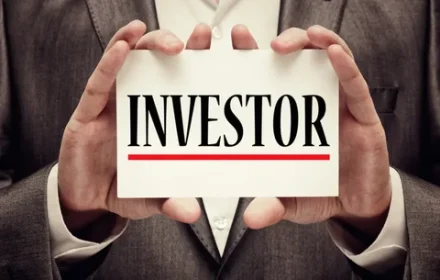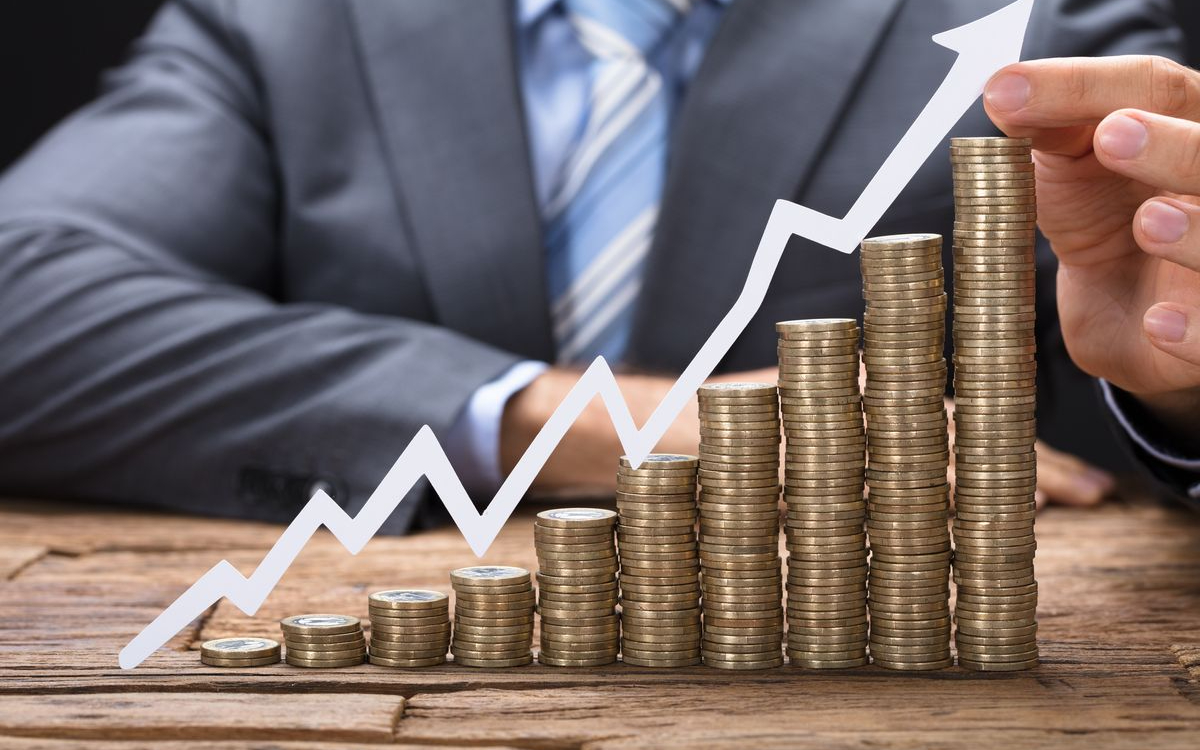What is commercial real estate? It’s not just buildings and spaces. It’s a tool capable of generating a stable cash flow, building active capital, and ensuring long-term financial stability. Objects include office centers, retail spaces, warehouses, hotels, restaurants, business centers, production facilities, medical and sports facilities. The main feature is the use not for living, but exclusively for profit, whether it’s renting, resale, or conducting business.
Unlike residential properties, income from commercial assets depends on business activity in the region, transportation accessibility, infrastructure, and legal nuances of the lease agreement. For example, an office in Moscow City rents from 2,000 to 3,500 rubles per square meter, while a similar footage on the outskirts does not always exceed 800 rubles per square meter. Hence the approach – to calculate not by intuition, but through analytics, comparison, and forecasting.

The commercial real estate segment is constantly transforming. Businesses change formats, tenants demand flexibility, and developers take into account the new reality. After the 2020 pandemic, there was an increased interest in flexible offices and mixed-use spaces. According to the analytical agency IRN for the year 2024, 42% of new deals in major cities were concluded precisely for flexible formats (clusters, coworking spaces, showrooms).
Retail real estate has also adapted: tenants focus on foot traffic, proximity to key attraction points (supermarkets, metro, hubs). For example, in St. Petersburg, the area for street retail on Nevsky Prospekt is rented out at a rate starting from 12,000 rubles per square meter per month, while in residential areas, this figure fluctuates within 2,500-4,000 rubles.
To answer the question of what commercial real estate is and whether it is worth investing in such properties, it is important to understand how income is generated. The evaluation model includes:
For example, a cafe space of 120 square meters in the center of Kazan is sold for 14 million rubles. Repairs and equipment will require another approximately 2 million. The average rental rate in this area is 2,000 rubles per square meter. With full occupancy and stable tenants, the monthly revenue will be 240,000 rubles (before taxes and expenses). At current rates, the return on investment occurs after 6-7 years of operation.
There is no one-size-fits-all solution. Different formats are suitable for different strategies:
Commercial real estate is a high-risk asset with high returns. The advantages lie in the ability to earn higher income than residential rentals and in longer-term contracts. However, challenges include sensitivity to the economy, dependence on tenant profiles, high initial costs, and maintenance expenses.
For example, a vacant store without a tenant does not bring a loss, but there are constant expenses for security, utilities, taxes. Conversely, successful leasing, even with deferred terms, pays off multiple times.
Using a typical office space in a Class “B+” business center in Yekaterinburg as an example. Area – 180 square meters, purchase price – 15.5 million rubles. Average rental rate – 1,400 rubles per square meter. Gross income – 252,000 rubles per month. After deducting operating expenses, taxes, and management fees, around 170,000 rubles remain net. Thus, the annual income exceeds 2 million rubles, and the property pays off within 7.5 years.
The rate of return varies from 7% (Moscow, center) to 14-16% (outlying cities, “C” category properties). Residential real estate in similar conditions yields 3.5-5.5% annually, making commercial real estate an obvious favorite with the right choice of property.
The classic strategy defining what commercial real estate is, is “buy and lease.” Modern models involve a more flexible approach:
A list of risks that should not be forgotten:

These risks are offset by sound legal support, liquidity assessment before purchase, and choosing a segment with stable demand.
Investing in commercial real estate requires precision, an analytical approach, and an understanding of market specifics. It’s not a lottery but an engineering calculation. With the right choice, a sound management model, and a long-term strategy, such an asset can become not just a source of income but the foundation of an investment portfolio. The development of hybrid formats, increasing demand for quality spaces, and changing consumption patterns open up new opportunities for investors.

Investing is a long-term strategy, and for a beginner, the key is the ability to act consciously without panicking. Sometimes, a novice investor encounters abstract terms and frightening forecasts, creating the feeling that the world of finance is complex and inaccessible. But in reality, it is much simpler than it seems at first glance. The …

The real estate sector is once again in the spotlight. A combination of factors, such as global economic instability and a growing interest in capital protection, make 2024 a particularly important year for investors. However, real estate investment strategies are changing in response to economic conditions. To be successful, it is important to understand what …